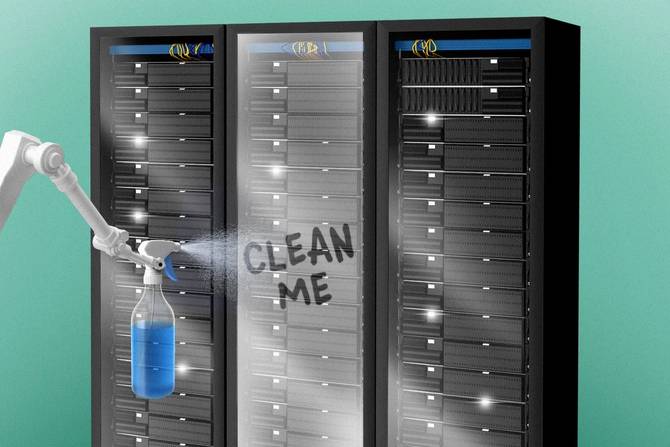The dining areas at some Atria Senior Living communities have point-of-sale devices, much like a restaurant: You place an order on a handheld display, that order inputs a ticket into the kitchen, and then the culinary team whips up the food.
As food costs have risen, CTO Chris Nall and his team at Atria have considered projects within the communities that save money, including gathering data from those point-of-sale devices to determine the residents’ favorite—and least favorite—meals.
“Once we plan the menus better with what people are actually eating, we should be able to reduce some of our food waste, just by not ordering things that our residents don’t want to eat,” Nall told IT Brew.
The food-intel setup is currently implemented in six of Atria’s 400 communities around the country, and the plan is to increase that number, said Nall.
In a conversation with IT Brew, Nall revealed other practical technology strategies, as well as ways to manage spending, as costs rise.
The interview has been edited for length and clarity.
How has a looming recession impacted your decisions on what projects to prioritize?
We’ve focused more on cost-reduction projects in our communities. So, which of our projects do we feel will help optimize labor or potentially save some utility costs and food costs at our local communities?
How is the tracking of food orders an example of cost reduction?
One, you’re optimizing labor; there’s less walking back and forth. You’re getting orders faster to a kitchen.
Two, you’re actually electronically gathering data for what is being ordered at that particular community at that particular meal. So, you can then use that information to place future food orders for what the residents like and dislike in our communities.
Read more here.—BH
Do you work in IT or have information about your IT department you want to share? Email [email protected] or DM @BillyHurls on Twitter.







